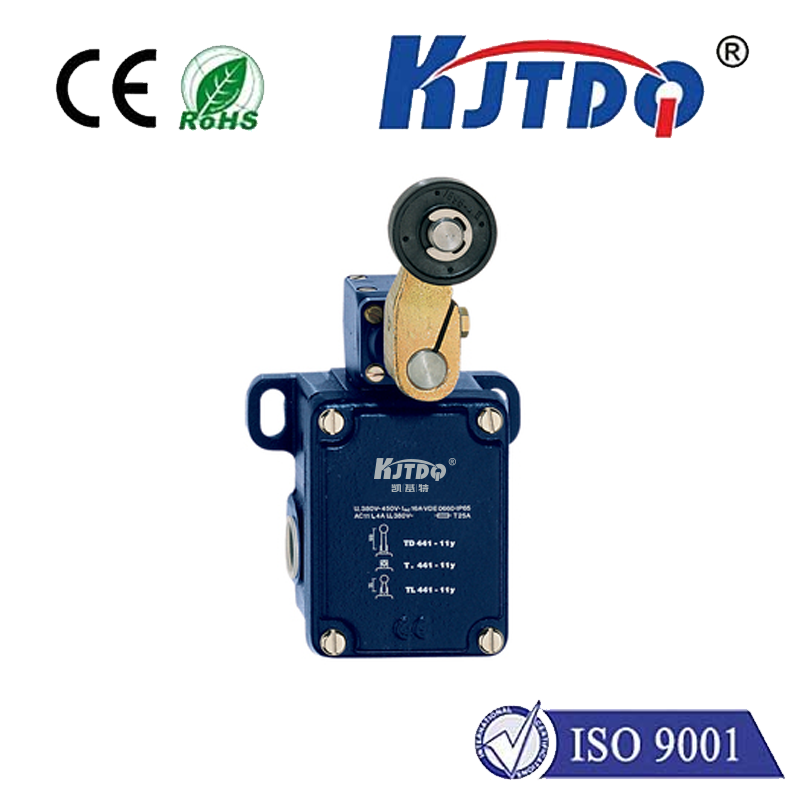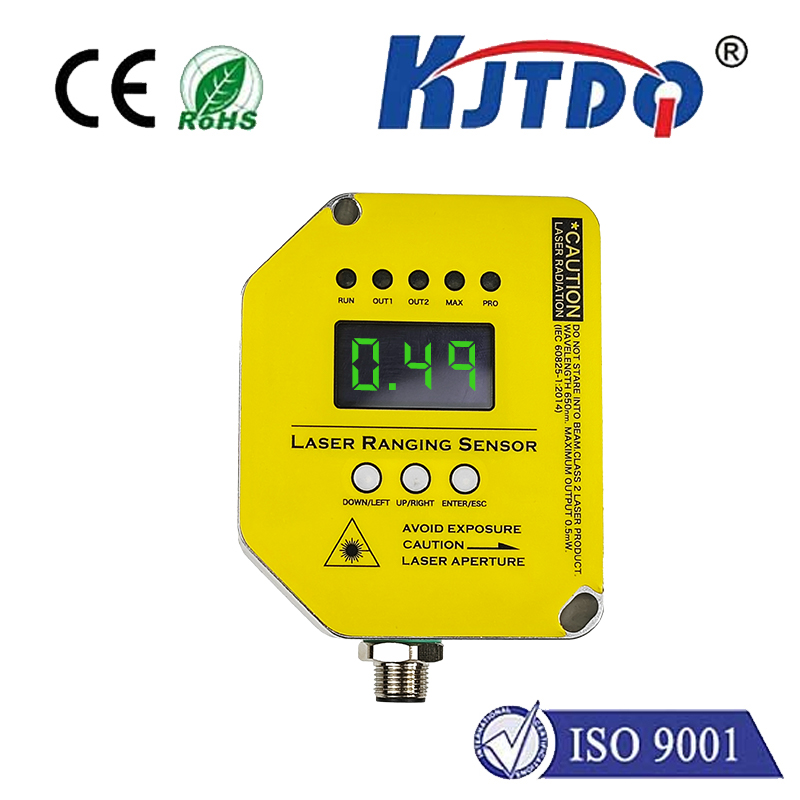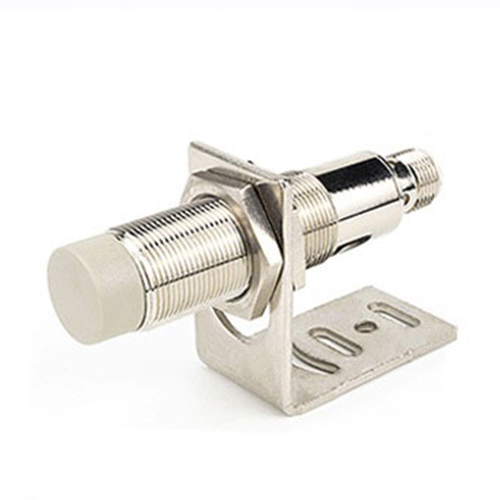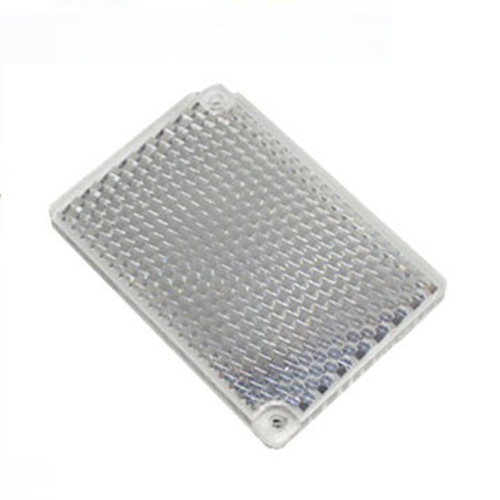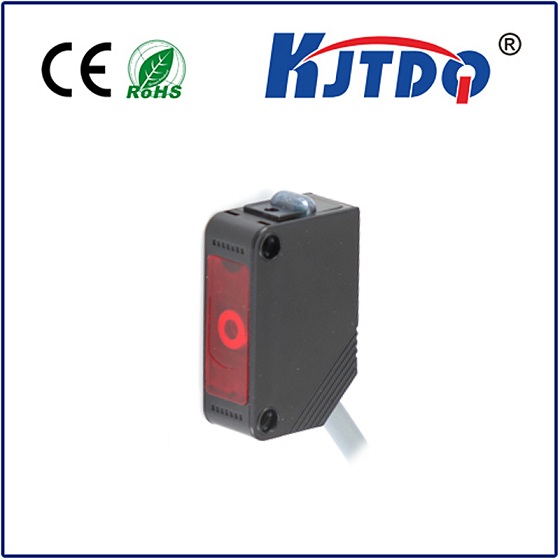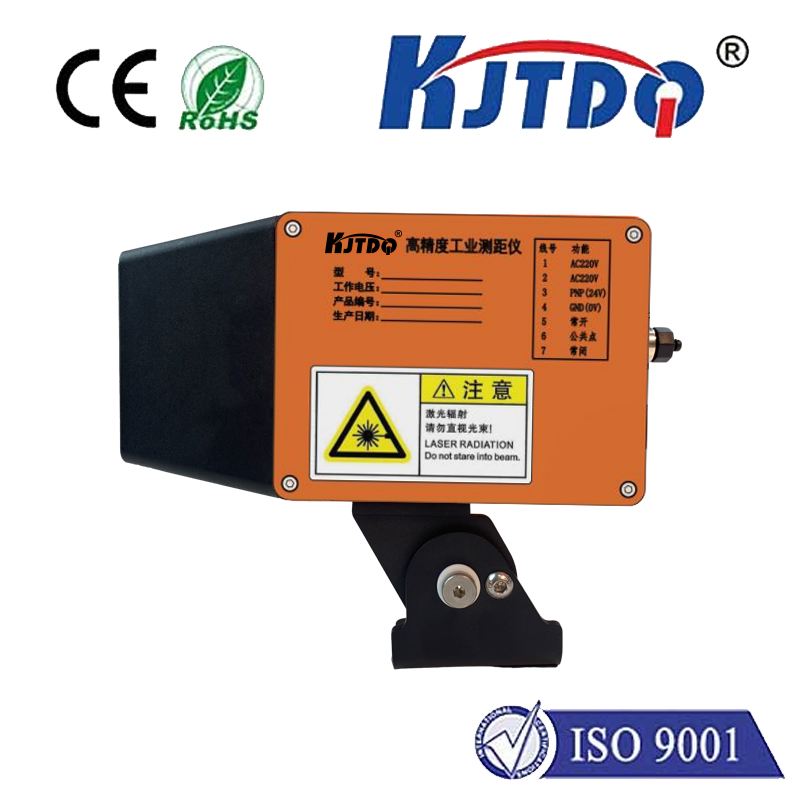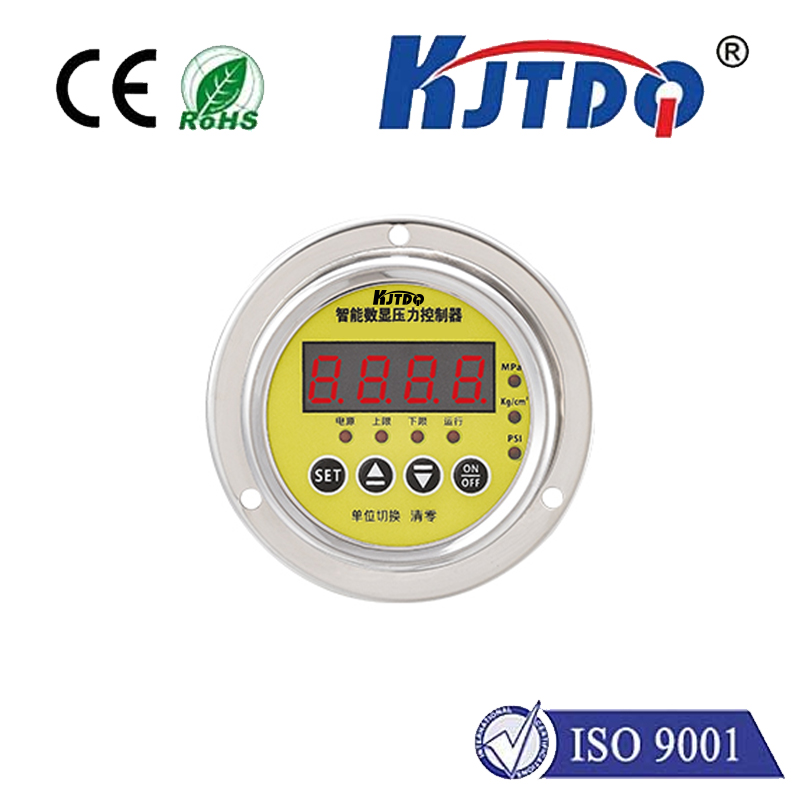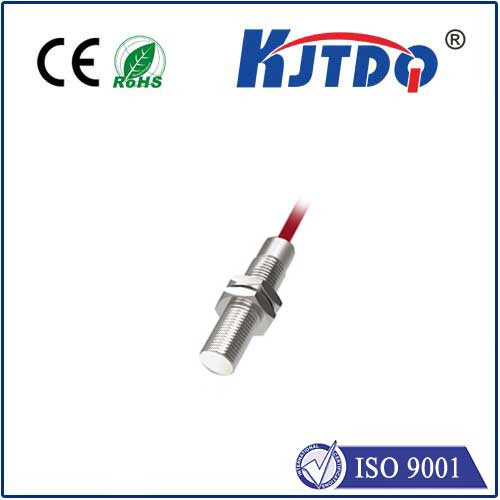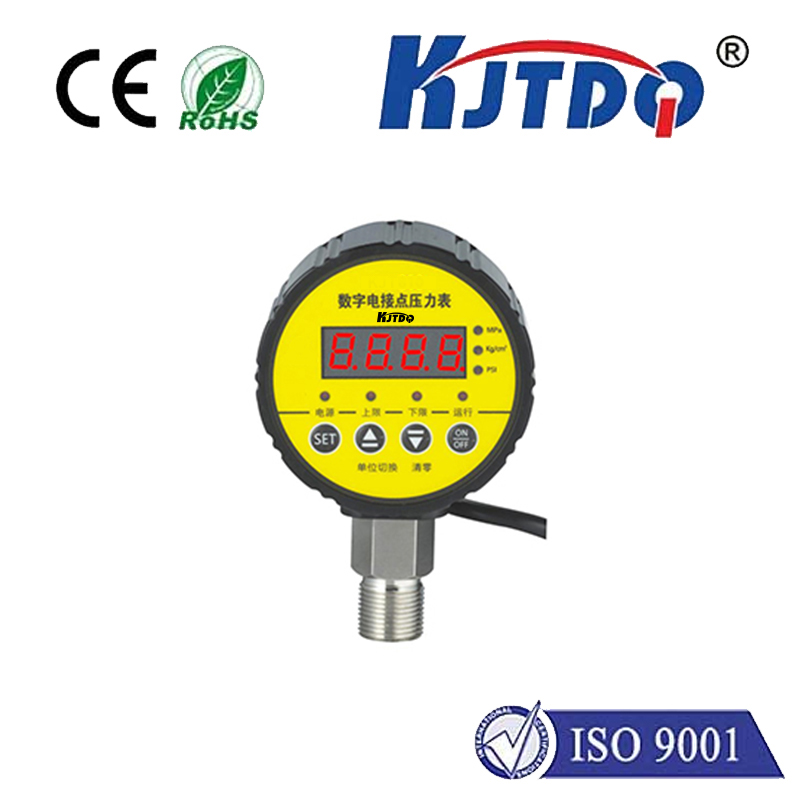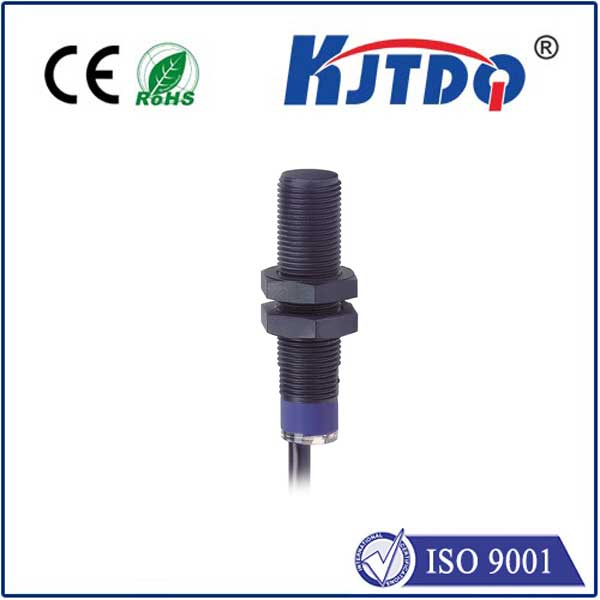optical sensor for counting objects
- time:2025-08-13 16:07:14
- Click:0
Optical Object Counting Sensors: The Vision-Based Solution for Industrial Efficiency
Imagine replacing the fatigue-prone eyes of a human counter with tireless, millisecond-fast precision that never loses track. This isn’t science fiction; it’s the fundamental power of optical sensors for counting objects. In a world demanding speed, unwavering accuracy, and seamless automation across manufacturing, packaging, logistics, and retail, these sophisticated devices have become indispensable. They provide the critical eyes for machines, enabling automated systems to accurately tally items as they flow through countless processes.
Understanding the Core Technology
At its heart, an optical counting sensor leverages light to detect the presence, and often the specific characteristics, of passing objects. Forget complex human-like vision; these sensors excel at reliable, binary detection (object present/not present) based on changes in light properties. The core principle involves:
- Emission: A light source (LED, laser, infrared) projects a beam.
- Interaction: Passing objects interrupt or alter this beam (e.g., blocking it, reflecting it, changing its intensity).
- Detection: A receiver (photodiode, phototransistor) captures the altered light signal.
- Processing: Internal electronics interpret this change as a detection event and increment a counter.
This rapid cycle happens thousands of times per second, enabling high-speed counting capabilities impossible for manual methods.

Key Types of Optical Counting Sensors
While all rely on light, different designs cater to specific challenges and object types:
- Through-Beam Sensors (Opposed Mode): These involve separate transmitter and receiver units positioned opposite each other. An object is counted when it breaks the beam traversing between them. This method offers the longest sensing ranges and highest reliability, ideal for detecting small, opaque objects or in dusty environments.
- Retro-Reflective Sensors: Utilizes a single housing containing both emitter and receiver. Light is sent to a specialized reflector bounced back. An object interrupting the reflected beam triggers detection. Simpler installation than through-beam but requires a reflector and can be blinded by highly reflective objects.
- Diffuse Reflective Sensors (Proximity Mode): The emitter and receiver are co-located. The sensor detects light reflected directly off the object itself. Highly flexible and easy to install, ideal for detecting objects without needing a reflector or opposing unit. Performance depends heavily on object color, reflectivity, and surface properties. Advanced diffuse sensors often incorporate background suppression (BGS) or foreground suppression (FGS) techniques to reliably detect objects only within a specific defined distance zone.
- Laser Sensors: Provide a highly focused, intense beam. Excellent for detecting very small objects, achieving precise measurement positioning required for counting, or operating in environments with high levels of ambient light interference.
- Time-of-Flight (TOF) Sensors: Measure the time taken for emitted light pulses to travel to an object and back. Primarily used for distance measurement, they are increasingly adapted for high-precision presence detection and counting of complex profiles where distance data is beneficial.
Where Optical Counting Sensors Shine: Core Applications
The versatility of optical object counting systems ensures their presence is vital across numerous sectors:
- Manufacturing & Assembly Lines: Counting components fed into machines (screws, washers), verifying correct part counts for assemblies, monitoring output from production cells. Ensures production quotas are met and minimizes costly assembly errors due to missing parts.
- Packaging & Bottling: Verifying fill levels in cartons/bags (counting bottles, cans, pouches entering a case), ensuring correct tablet counts in blister packs, confirming cap presence on bottles. Critical for quality control and regulatory compliance, especially in pharmaceuticals and food & beverage.
- Logistics & Warehousing: Counting boxes/cartons moving on conveyors for inventory control and shipment verification, managing pallet layer counts. Enables accurate inventory tracking and reduces shipping errors.
- Printing & Paper Handling: Counting sheets, signatures, or tickets as they pass through presses, cutters, or sorting machines. Prevents jams caused by double feeds and ensures accurate batch counts.
- E-commerce Fulfillment: Verifying item counts in totes or orders before dispatch. Automates a critical accuracy step for customer satisfaction.
- Agriculture: Sorting and counting seeds, fruits (e.g., berries on vines), or pills. Enables precision agriculture and automated processing.
Crucial Factors for Choosing the Right Sensor
Selecting the optimal optical sensor for counting requires careful consideration:
- Object Characteristics: Size, shape, color, transparency, reflectivity, surface texture (matte/glossy)? Does it reliably block/reflect light?
- Required Range & Sensing Distance: How far is the object from the sensor? Does the application need long-range detection?
- Speed: How fast are the objects moving? The sensor’s response time must exceed the object transit speed.
- Environment: Ambient light levels (sunlight, bright factory lights)? Presence of dust, fog, steam, or temperature extremes? Vibration? Many sensors feature environmental resistance or specific filtering.
- Mounting Constraints: Space limitations? Clear line-of-sight achievable for through-beam/retro-reflective? Need close proximity (diffuse)?
- Output Signal: Simple count pulse? Analog signal? Digital interface (IO-Link) for richer data?
- Reliability & Robustness: Production-critical applications demand sensors built for industrial duty cycles.
The Irrefutable Advantages: Why Optical Sensors Dominate Counting
Compared to mechanical switches or manual methods, optical object counting technology delivers significant benefits:
- Unmatched Speed and Throughput: Processes objects moving at high velocities, significantly boosting production and sorting line efficiency.
- Superior Accuracy: Eliminates human counting errors caused by fatigue or distraction. Capable of extremely high precision, even for small or fast-moving items.
- Non-Contact Operation: No physical wear and tear on the sensor or the object being counted. Extends sensor lifespan and prevents product damage.
- Versatility: Ability to detect a vast array of object types, sizes, and materials with the appropriate sensor configuration.
- Seamless Integration: Easily connects to PLCs, controllers, and counting devices, enabling comprehensive data logging and automated process control.
- Cost-Effectiveness: While an initial investment, their reliability, reduced errors, and increased throughput deliver a rapid return on investment (ROI) compared to error-prone manual labor or alternative technologies.
From verifying the exact number of pills in a bottle to ensuring every component is present in a complex automotive assembly, optical counting sensors provide the reliable, high-speed vision needed for modern industrial efficiency. By leveraging the precise interaction of light with matter,












